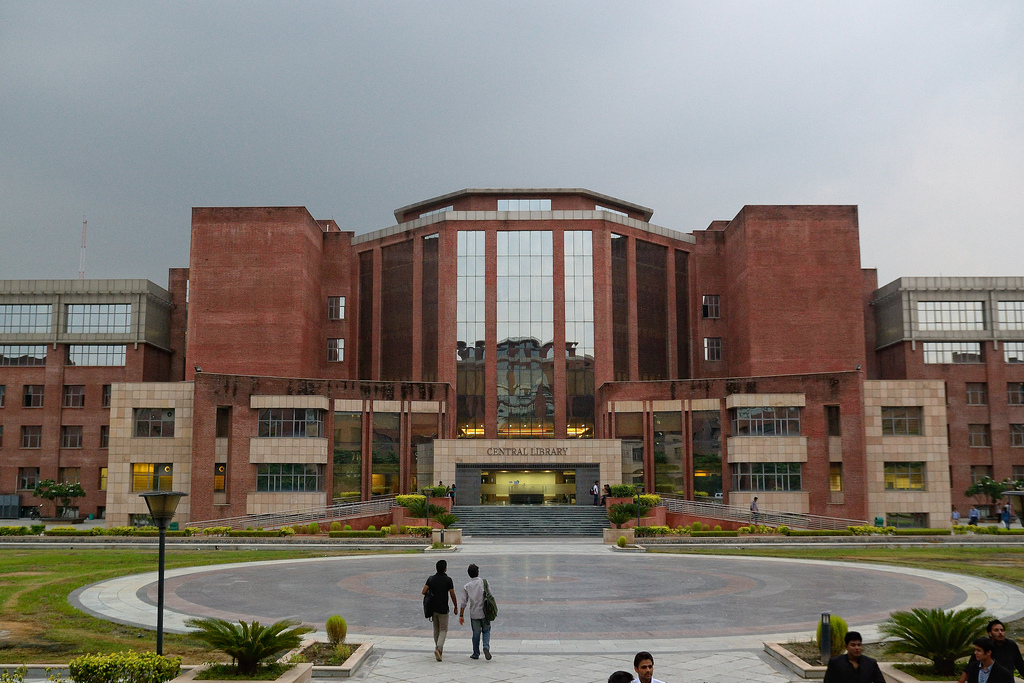Background
Nuclear safety and security have common goals which are to protect people, property and the environment from the harmful effects of ionising radiation. For many years, nuclear facility managers have integrated the different elements of safety, such as radiation protection, fire and environmental safety. This has proved successful as measured by the World Association of Nuclear Operators (WANO), which conducts peer reviews for every operating nuclear power plant to assess the effectiveness of operations and safety. However, the interface with security has not achieved the same level of integration.
On one hand, the global nuclear safety regime is made up of a complex web of relationships that serve to enhance safety. The safety regime is founded on a variety of international legal instruments, including conventions and codes of conduct and safety standards provided by WANO and the International Atomic Energy Agency (IAEA), supplemented by support programmes and a global network of experts.
Nuclear security at the international level, on the other hand, is not as mature. It comprises international legal instruments, including conventions and codes of conduct and the IAEA Nuclear Security Series publications, supplemented by IAEA security services and additional guidance and support from organisations such as WINS. IAEA nuclear security guidance is less comprehensive and less mature than its counterpart safety standards.
At the facility level, this disparity between the maturity of safety and security can result in friction and a lack of staff participation in security improvement initiatives. The effective implementation of an insider threat programme, for example, may be compromised if security and nuclear safety-related services do not work closely together. In addition, while staff having responsibility for nuclear safety will be familiar with the details of a severe accident for their facility, they will be less familiar with the security-focused design basis threat (DBT). Likewise, security professionals will most likely be unfamiliar with the details of a severe accident analysis. Closer integration is designed to close the knowledge gap on both sides.
Objectives
The purpose of the training course was to help participants better understand the interfaces between safety and security at nuclear facilities and to learn how to optimize the relationship, using their knowledge, skills and professionalism as scientists, technicians and engineers.
The key areas of knowledge covered in the training course included:
- The relevant international instruments covering both nuclear safety and security; how these instruments define the responsibilities of the State, the regulator, and the operator in India;
- National legal frameworks and policies related to both nuclear safety and nuclear security in India;
- The objectives of nuclear safety and security, how they are similar and how they differ; the importance of a coordinated approach to nuclear safety and security;
- The difference and similarity between safety risk and security risk, as expressed in probabilistic safety assessment (PSA) or probabilistic risk assessment (PRA) in safety; the identification of risk based on deterministic and probabilistic methods;
- The fundamental concept of defense and depth in the design and operation of nuclear facilities;
- The responsibilities of operators to design, implement and maintain technical solutions and other arrangements to satisfy regulatory requirements related to both safety and security;
- How nuclear safety can support nuclear security effectiveness and vice versa; circumstances in which actions to serve one objective can be antagonistic to the achievement of the other.
- What is meant be “safety culture” and “security culture”, and how these two concept share many common elements including the role of organisational leadership;
- The cultural differences between safety and security professional communities, the problems that may arise because of those differences, and methods to overcome this challenge and facilitate integration;
- The concept of “human reliability” and how it can be applied in both a safety and security context to ensure safe operation of a nuclear facility.
Audience
The course was designed for 40-50 participants. The participants for this training were:
- Members of the technical workforce and students at Amity Institute and other Indian universities who are being educated in nuclear science and related fields.
- Key Indian experts involved in nuclear security education and training.
The training helped to develop a cohort of professionals with the knowledge, skills and competence to improve the integration and effectiveness of nuclear safety and security across India.
Participants were encouraged to enrol in the WINS Academy through the WINS Academy scholarship fund so that they can commence study of the Foundation Module and the Elective for Scientists, Technicians and Engineers. Participants were encouraged to take their WINS Academy programme examination to attain the status of Certified Nuclear Security Professional (CNSP) and join the WINS Alumni network.
Process
The training was delivered by a diverse team of international subject matter experts and Indian experts. The course used lectures and discussions to review topics, but the primary method of learning was through the use of role play, gaming and table top exercises.
Host organisation in India
The training course was designed in coordination with Amity University in India. Amity University is one of the largest educational networks for young professionals who will enter the nuclear programme in India.
